
As Prime Minister Justin Trudeau and other NATO leaders head east to Lithuania this week for their annual summit, they’ll be accompanied by some pretty pumped-up language and high expectations.
Many veterans of the foreign policy circuit describe what’s about to unfold on Tuesday and Wednesday as a “pivotal” moment for the alliance — maybe the most important since the end of the Cold War, or even in the alliance’s nearly eight-decade history.
There’s one word no one has used — yet — to describe the summit: messy.
The meeting in Vilnius is expected to solidify NATO’s return to its roots as a bastion against an empire-minded Moscow.
But there are stark reminders everywhere that this is not going to be a back-to-the-future moment, no matter how nostalgic it all might seem — with generals dusting off long-shelved military plans and procedures to defend members in Europe, old and new alike.
The world is a very different place than it was decades ago, when the Iron Curtain came down. Russia is not the only challenger on the horizon. China and Iran are being viewed as new potential threats.
NATO isn’t the same either. It’s bigger and (some argue) more politically unwieldy.
Finland has been welcomed into the alliance since last year’s summit. Its neighbour Sweden, meanwhile, has been left in the waiting room because of objections from Turkey and Hungary.
The divisions within the alliance run even deeper on another potential flashpoint — the question of whether Ukraine will get a pathway to membership in the alliance after its grinding war with Russia concludes.
A long-running debate over how much the allies spend on their militaries is likely to get more heated and uncomfortable — especially for Canada. Reuters reported on Friday that NATO leaders at the Vilnius summit will agree that the alliance’s long-standing benchmark for members’ military spending — two per cent of a country’s gross domestic product — should be considered an “enduring commitment.”
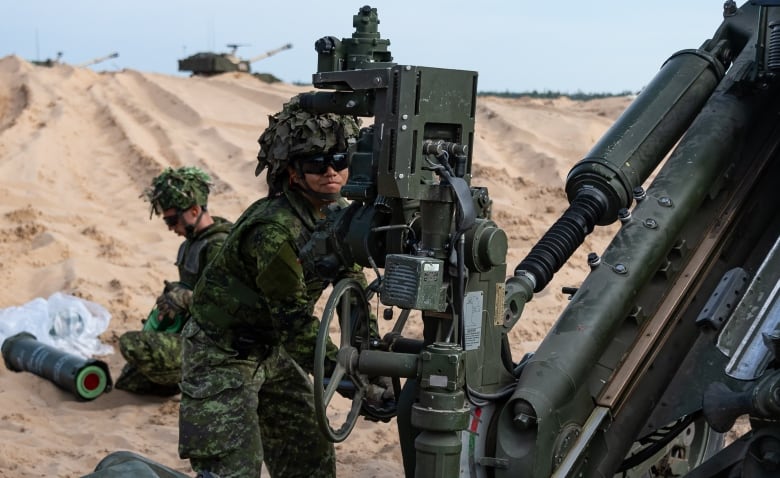
Canada, along with other allies, agreed at the 2014 NATO Summit in Wales to work toward the two per cent goal.
“I actually think that the two per cent guide, or goal, is a bit of a distraction,” said Kerry Buck, Canada’s former ambassador to NATO.
“I’m not saying we don’t need to spend more on defence. We absolutely do. But what’s more important is filling in the capability gaps through procurement that is faster and more targeted to what Canada needs as a member of NATO.”
At the moment, Canada spends 1.29 per cent of its GDP on defence appropriations. The Washington Post, quoting leaked Pentagon documents, reported last spring that Trudeau privately told allies Canada would not meet the two per cent target.
Senior Canadian officials acknowledged Friday that intense negotiations among allies over the benchmark are underway — but whether Canada is prepared to commit publicly to the revised goal is debatable.
“I think our record of as a government is clear,” said a senior government official, speaking on background. “We’ve increased our defence spending 70 per cent since 2015. We’ve made a series of incremental investments.”
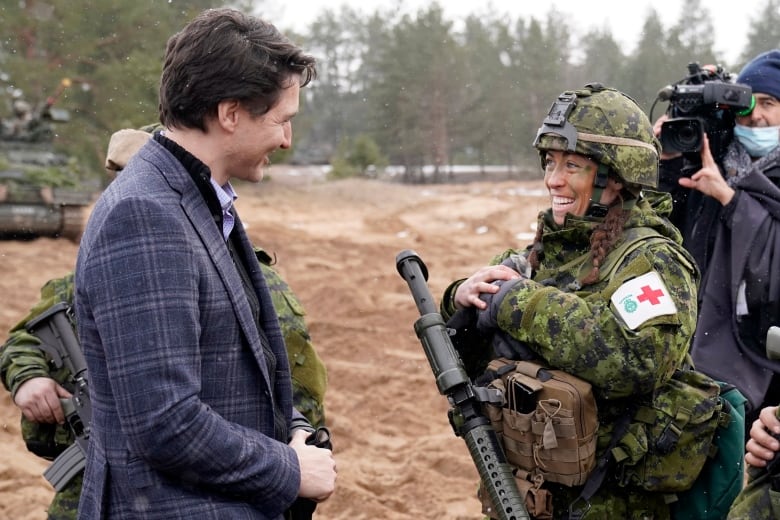
Those investments still fall far short of the NATO goal.
“Either way you cut it, we’re not there yet,” said Buck. She said the eyes of NATO partners who are meeting the target, or are about to, will be on Trudeau at the summit.
“Canada’s not there yet so they’ll be expecting us to say something more on defence spending.”
In many ways, Buck said, the questions surrounding security guarantees for Ukraine and its future relationship with NATO are more profound than the argument over money.
“They’ll stop short of accession of Ukraine but it will be very interesting to see how far they go with concrete steps that move Ukraine closer to the alliance membership,” she predicted.
Ukraine was first proposed for membership in the alliance by Canada in 2008. In the years since, NATO leaders — some of them anxious about angering Moscow — have deferred Ukraine’s admission.
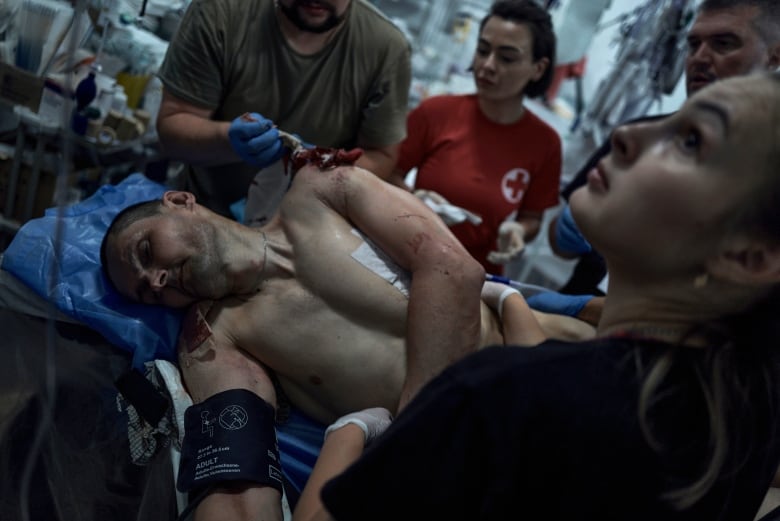
Orysia Lutsevych, deputy director of the Russia and Eurasia Programme at Chatham House in the U.K., said this climate of “strategic ambiguity” at NATO has left both Ukraine and Georgia — the other aspiring applicant — in “a kind of a permanent waiting room for future NATO members.”
While NATO allies insist they will send a strong signal of political support for Ukraine at the summit, it’s not clear what that will look like. Some countries, such as France and Germany, have spoken of offering security guarantees as an interim measure.
But many in Ukraine point out that previous security assurances from allies — notably those given in the 1990s in exchange for Kyiv giving up its Soviet-era stockpile of nuclear weapons — did not stop Moscow from invading.
“So we have to put an end to this and send a very strong signal from NATO to the Kremlin that Ukraine and Georgia belong to the transatlantic community of collective security,” Lutsevych said.
Britain’s top military commander, Admiral Sir Tony Radakin, told the U.K. parliament last week that Russia has lost nearly half of its combat capability in Ukraine — a staggering assessment with important implications for the debate in Vilnius.
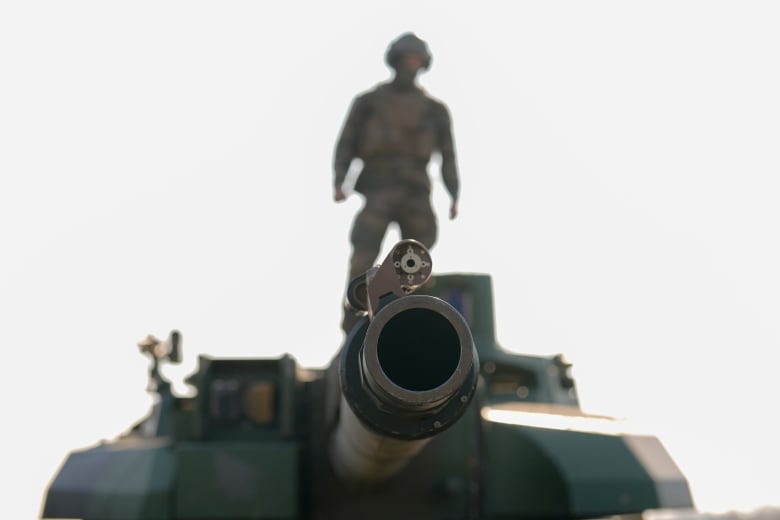
NATO leaders will review plans to bulk up the battlegroups now stationed on the borders of several Eastern European nations into full combat-ready brigades. They’ll also look at plans to turn as many as 300,000 troops across the alliance into high-readiness forces that would allow NATO to react quickly to a crisis.
Radakin’s testimony came on the heels of the recent mutiny by the Russia private security contractor Wagner Group, led by Yevgeny Prigozhin, a former loyalist of President Vladimir Putin.
“I think it puts Putin in a relatively weak position and his regime in disarray,” said Seth Jones, director of the International Security Program at the Washington-based Center for Strategic and International Studies (CSIS).
“There clearly is significant infighting, including within what I’ll call the informal security establishment.”
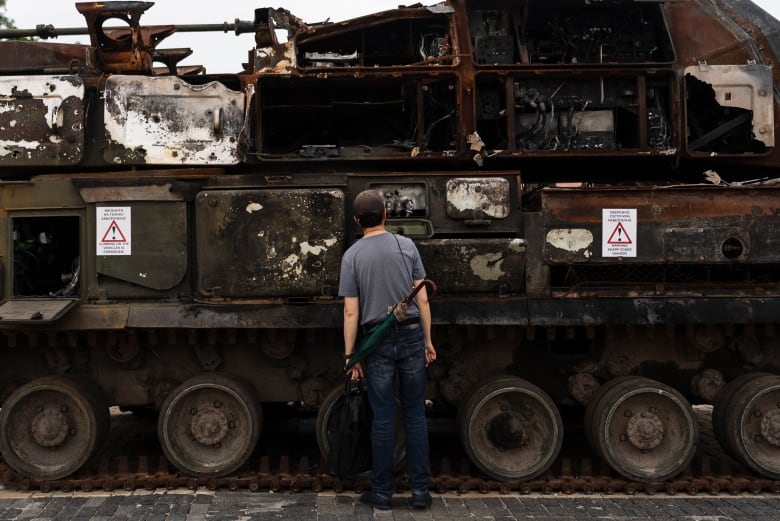
Russia has for years operated with a formal military establishment while also using private contractors like the Wagner Group as informal instruments of state power. The rebellion was significant, Jones said, because it was being led not by a representative of Russia’s political left — such as imprisoned opposition leader Alexei Navalny — but by an ardent supporter on the right.
“Russia is in a position of some weakness right now, which I think does raise some prospects about to what degree NATO can take advantage of this, both writ large [and] also in Ukraine,” said Jones.
And that leads back to the debate over members’ defence spending and the need to build up NATO forces in Eastern Europe as a deterrence measure.
Some estimates say it will take Russia three to five years to rebuild its forces. Observers say it has started already.
“We do see an effort to have the Russian military try to reconstitute itself,” said Jones. He said many of the changes Russia has instituted since 2008 — including the introduction of lighter, more mobile forces — are giving way in response to the lessons learned in Ukraine.
“They have scrapped, largely, their battalion tactical groups and are building divisions,” said Jones. “They’re essentially going back to a Soviet military at the division level, obviously upgrading it.
“So I think that what that poses for NATO at Vilnius is a range of questions on deterrence. How do you deter?”